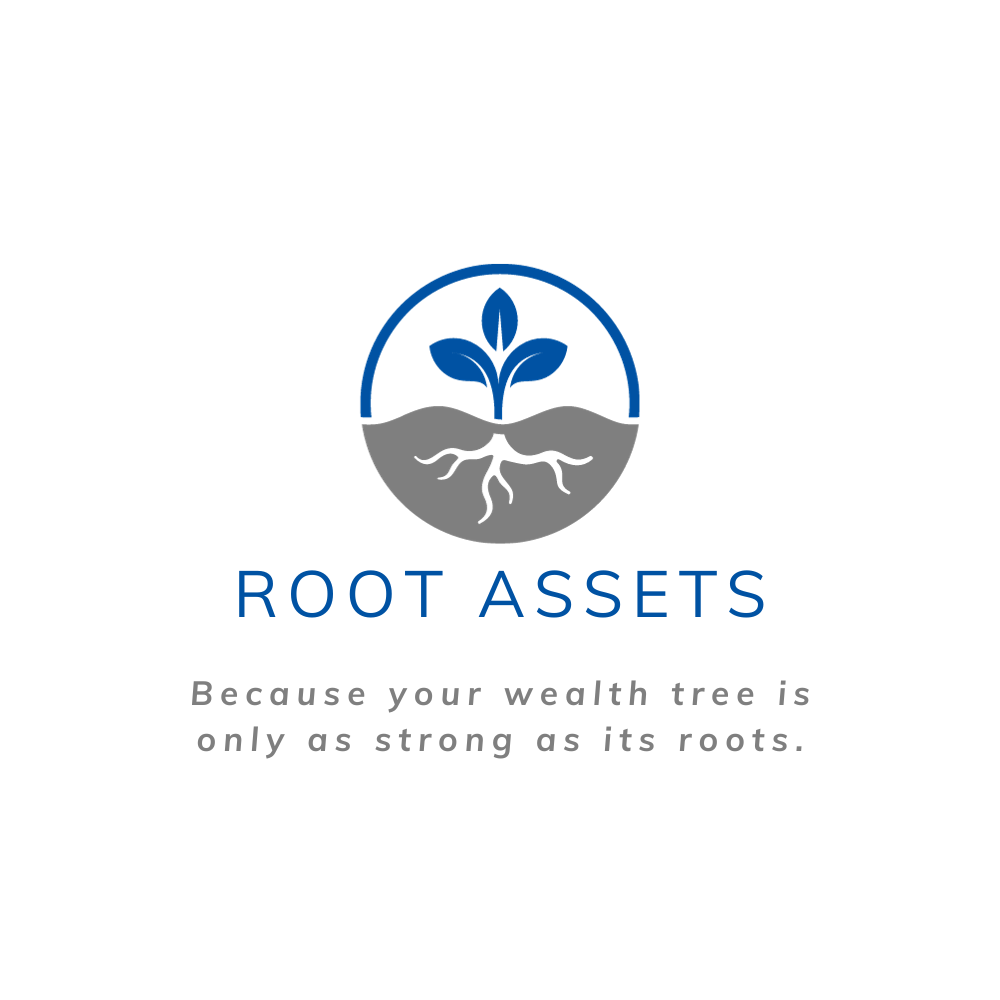
Learn more about personal and business finance by reading any one of our insightful blogs.

Leveraging Life Insurance Cash Values for Investment and Retirement Income
Leveraging Life Insurance Cash Values for Investment and Retirement Income
Life insurance is often viewed as a safety net for loved ones, but permanent life insurance policies—like whole life or universal life—offer far more. These policies build a cash value, a savings component that grows over time and can be a powerful financial tool. Through collateralization, you can borrow against this cash value to fund investments, protect your wealth, and even create a tax-free retirement income stream. In this blog, I’ll explain how this strategy works, including its significant tax advantages, and how it can help you achieve financial flexibility.
Understanding Cash Value in Life Insurance
The cash value is a unique feature of permanent life insurance. When you pay premiums, part goes toward the death benefit, and part builds this savings account. It grows in one of two ways:
Whole life: Earns a guaranteed interest rate set by the insurer along with a dividend from the insurance companies profits(typically 2-8% annually).
Universal life: Growth may tie to market indexes or investments, often with a guaranteed minimum.
This growth is tax-deferred, meaning no taxes are due as it accumulates. You can access the cash value via withdrawals or loans, but we’ll focus on policy loans for their tax efficiency and flexibility.
Collateralization: Borrowing Against Your Policy
Collateralization involves using your cash value as collateral to borrow from the insurance company. Here’s how it works:
Loan amount: You can borrow up to 90-95% of your cash value—say, $90,000 on a $100,000 cash value.
Ease of access: No credit checks or lengthy approvals since the policy secures the loan.
Uninterrupted growth: Your cash value continues growing as if the loan didn’t exist.
This lets you use your money for investments without derailing its long-term growth.
Tax Advantages: Maximizing Your Returns
This strategy shines due to its tax benefits, which include:
Tax-deferred growth: Cash value compounds without annual taxes.
Tax-free loans: Policy loans aren’t taxable income—they’re just debt owed to the insurer.
Tax-free access: Loans (not withdrawals) let you use funds without tax consequences.
Additional Tax Advantage: Deductible Loan Interest
When you borrow against your policy, there’s an added tax perk: the interest you pay on the loan may be deductible if you use the funds for investment purposes. This interest can often be classified as an acquisition cost—an expense tied to acquiring an investment asset, like real estate or stocks. By deducting this interest, you can offset some of the tax liabilities from investment gains, boosting your overall returns.
Example
Imagine you borrow $50,000 from your policy at 5% interest to buy a rental property. You pay $2,500 in interest annually. If the property earns $10,000 in taxable income, you might deduct the $2,500 as an investment expense, lowering your taxable income to $7,500. Depending on your tax bracket, this could save you hundreds or thousands in taxes.
However, tax rules vary by jurisdiction and depend on your situation. Always consult a tax professional to confirm eligibility and optimize this benefit.
Investing with Borrowed Funds
With a policy loan, you can invest in assets like real estate, stocks, or a business. The key is earning a return that exceeds the loan’s interest rate (typically 4-8%). For example:
Loan: $90,000 at 5% interest ($4,500/year).
Investment: 8% return ($7,200/year).
Profit: $2,700 annually, plus your cash value still grows (e.g., 4-8%).
Caution: Investments carry risk. If returns fall below the loan interest, you could lose money. Choose wisely and monitor performance.
Safety: A Secure Foundation
This strategy balances growth with protection:
Insurer stability: Cash value is backed by the insurance company’s financial strength—pick a top-rated provider.
Guaranteed growth: Many policies offer a minimum return, shielding your money from market dips.
Predictability: Unlike volatile investments, cash value provides steady growth.
Manage loans carefully, though—unpaid interest could outgrow the cash value and risk policy lapse.
Tax-Free Retirement Income
In retirement, policy loans become a tax-free income source:
Borrow annually: Take loans (e.g., $10,000/year) instead of taxable withdrawals from a 401(k).
No repayment: Loans are settled from the death benefit after you pass away.
Sustainability: Cash value growth supports ongoing loans, creating a renewable resource.
This ensures you won’t outlive your money, though loans reduce the death benefit—a trade-off to weigh based on your goals.
Conclusion
Borrowing against life insurance cash values offers a triple win: tax-deferred growth, tax-free loans, and the potential to deduct loan interest as an acquisition cost when investing. This offsets tax liabilities from investment gains, making it a tax-efficient way to build wealth and secure retirement income. With careful planning, it’s a strategy that blends safety, growth, and flexibility—just consult a financial advisor to tailor it to your needs.

